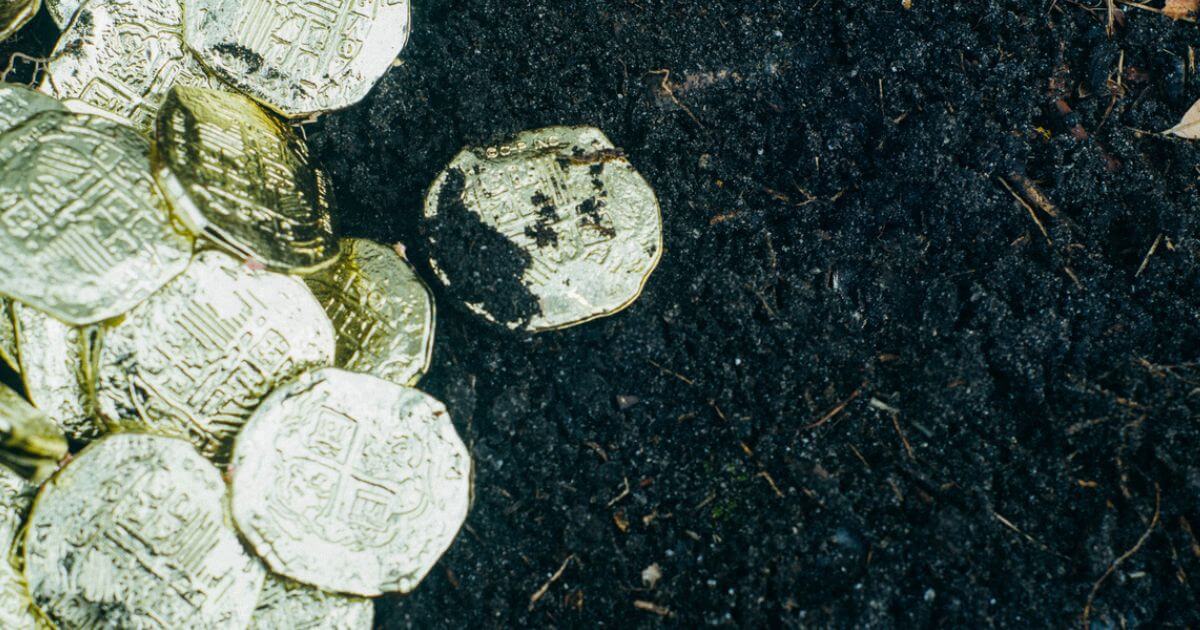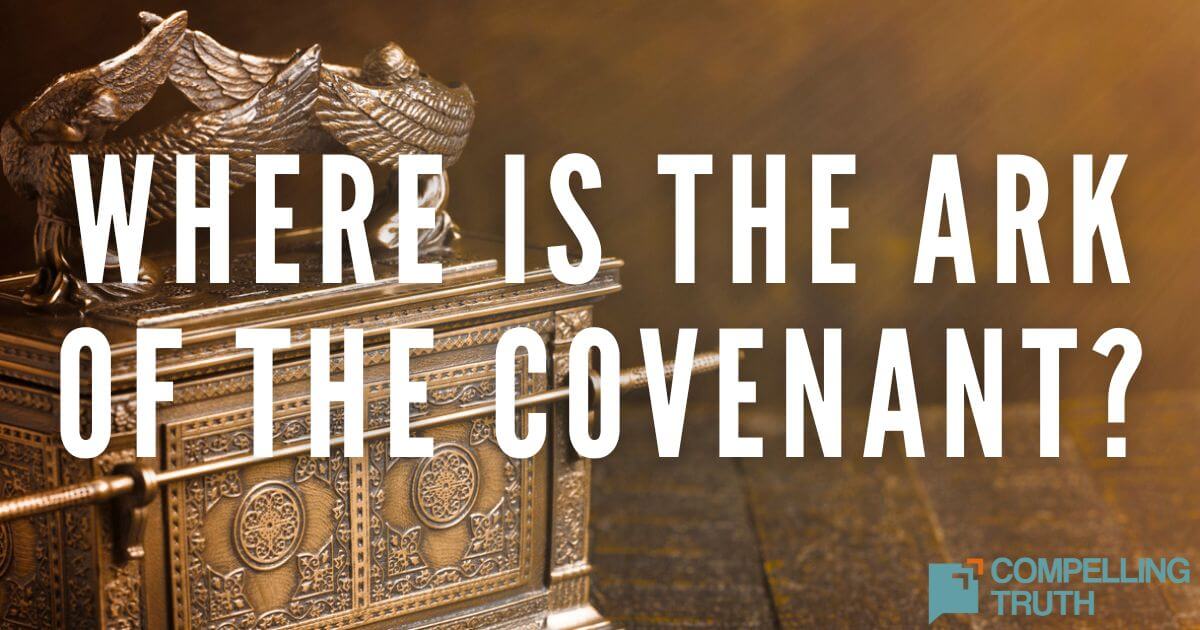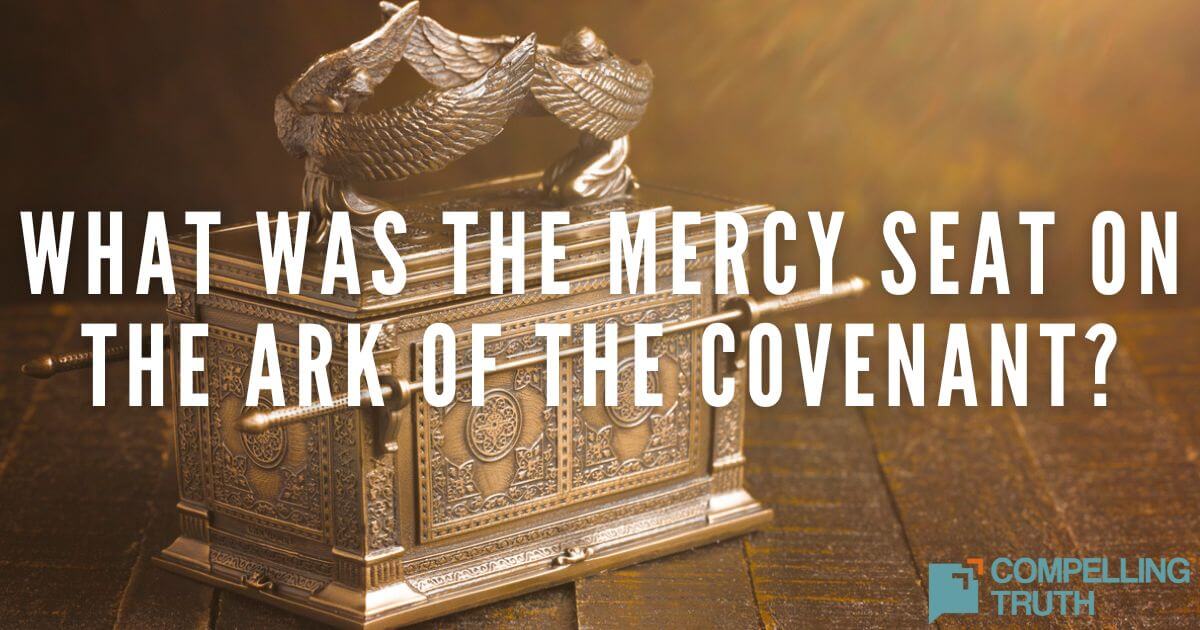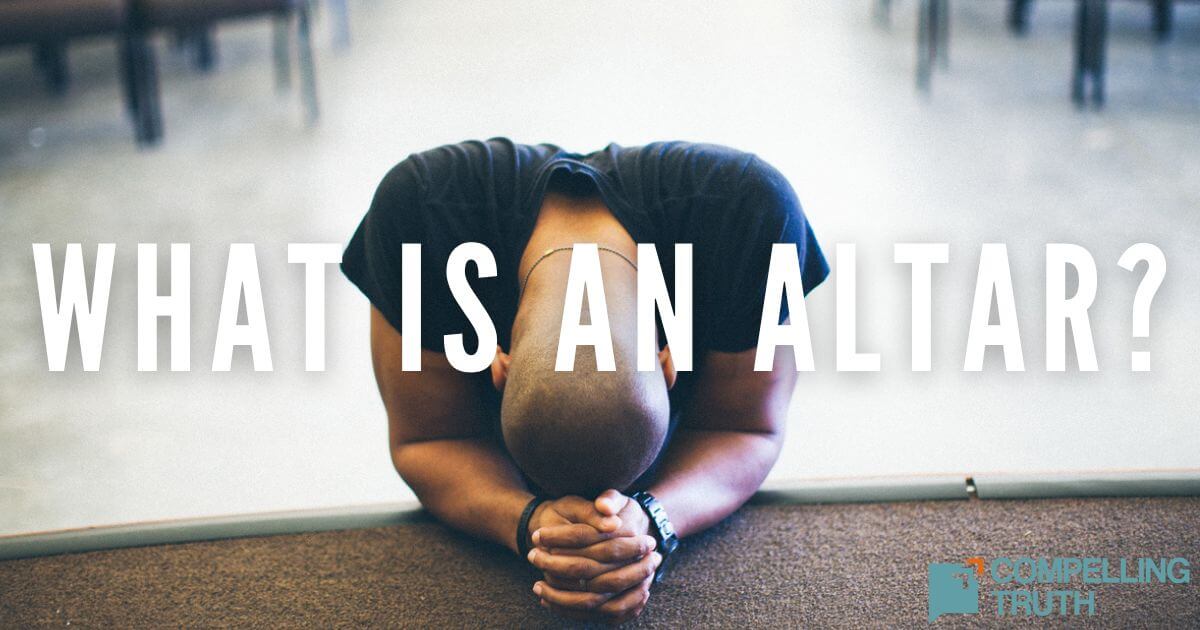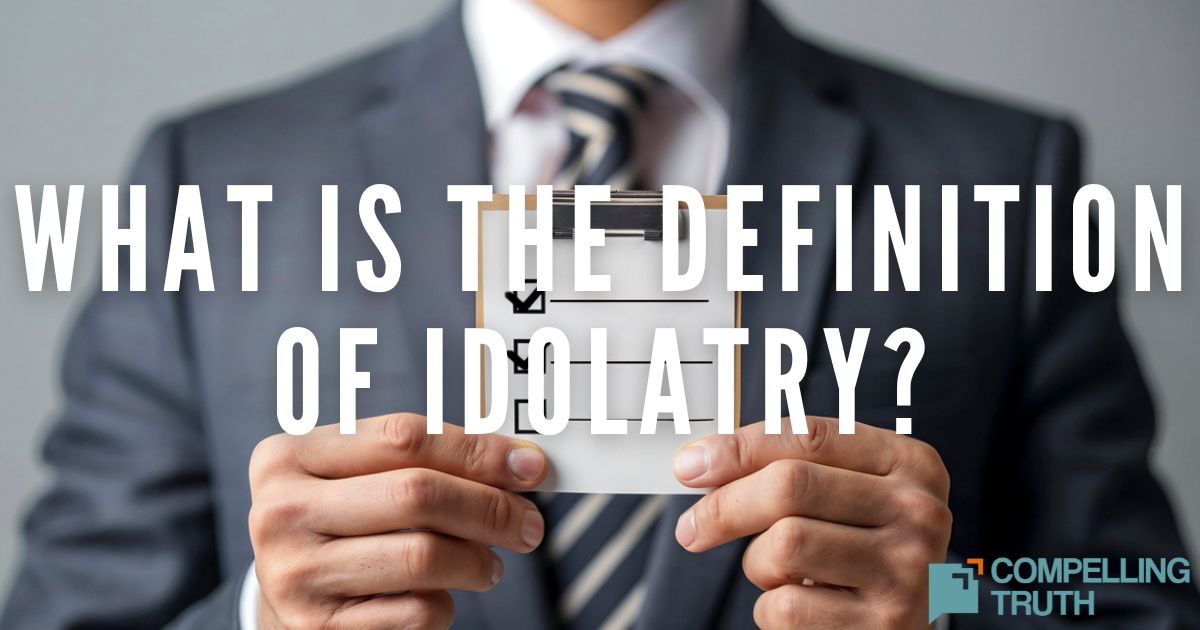what does the bible say?
The ephod in the Old Testament has two main meanings: one is a special garment worn by the high priest, made of fine linen and decorated with gold and colorful threads (Exodus 28:4). This ephod was used in the priest's service to God, symbolizing holiness and reverence in worship. The second use refers to a type of idol, as seen when Gideon and Micah used ephods in idolatrous worship (Judges 8:26-27, 17:5). The ephod in the New Testament is not a major focus, but it is connected to the broader themes of priesthood and sacrifice, pointing to Jesus’ fulfillment of the Old Covenant. The ephod teaches us to worship God with purity and to avoid turning holy symbols into idols. Instead, we’re to focus on a true relationship with God.
